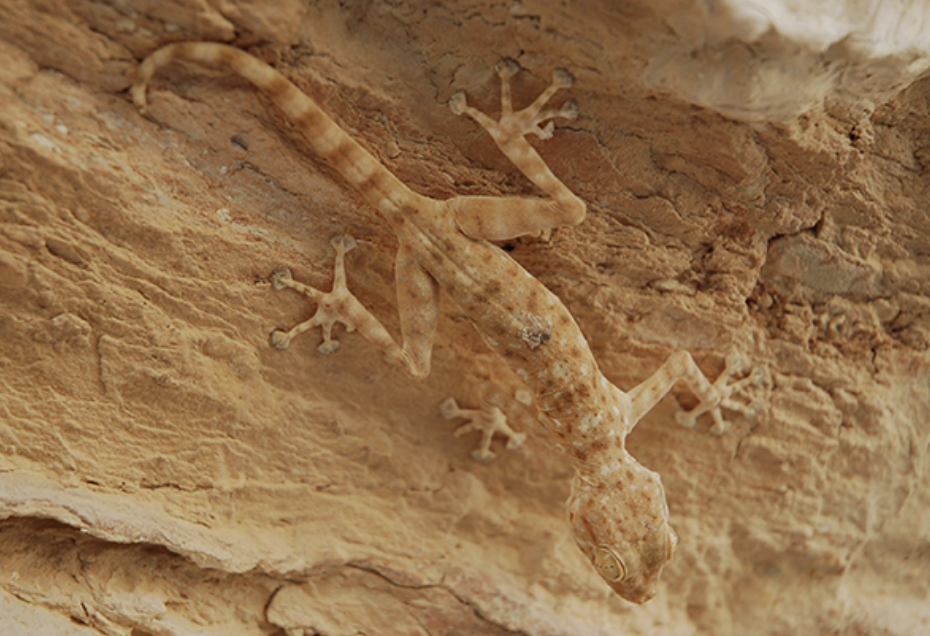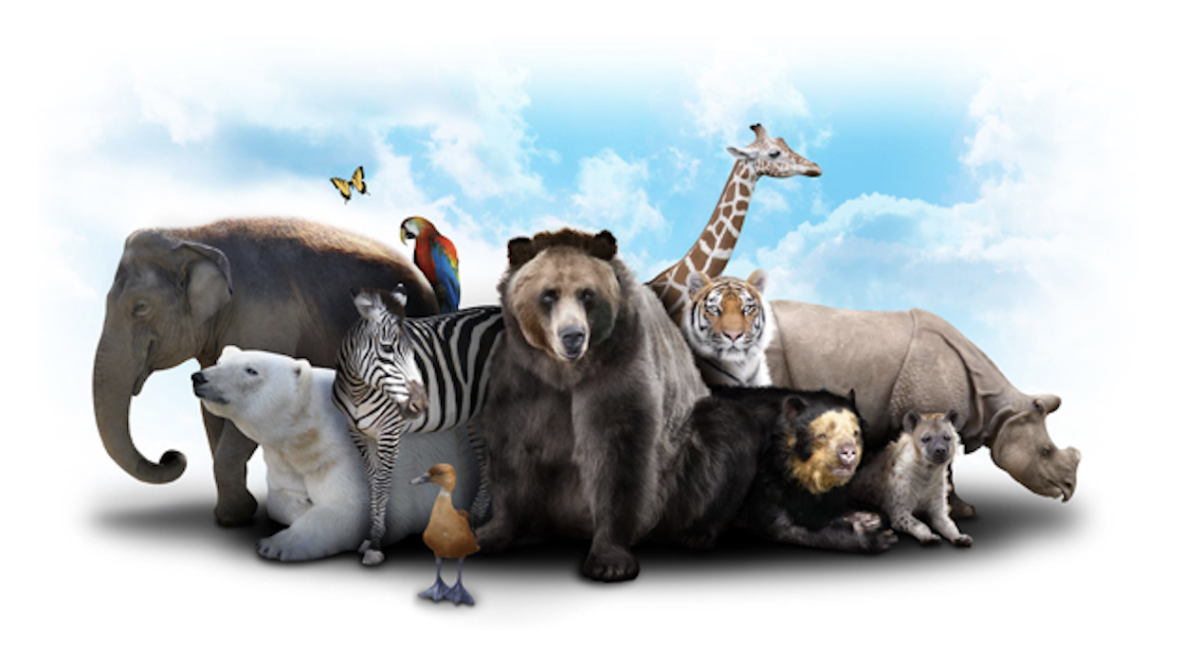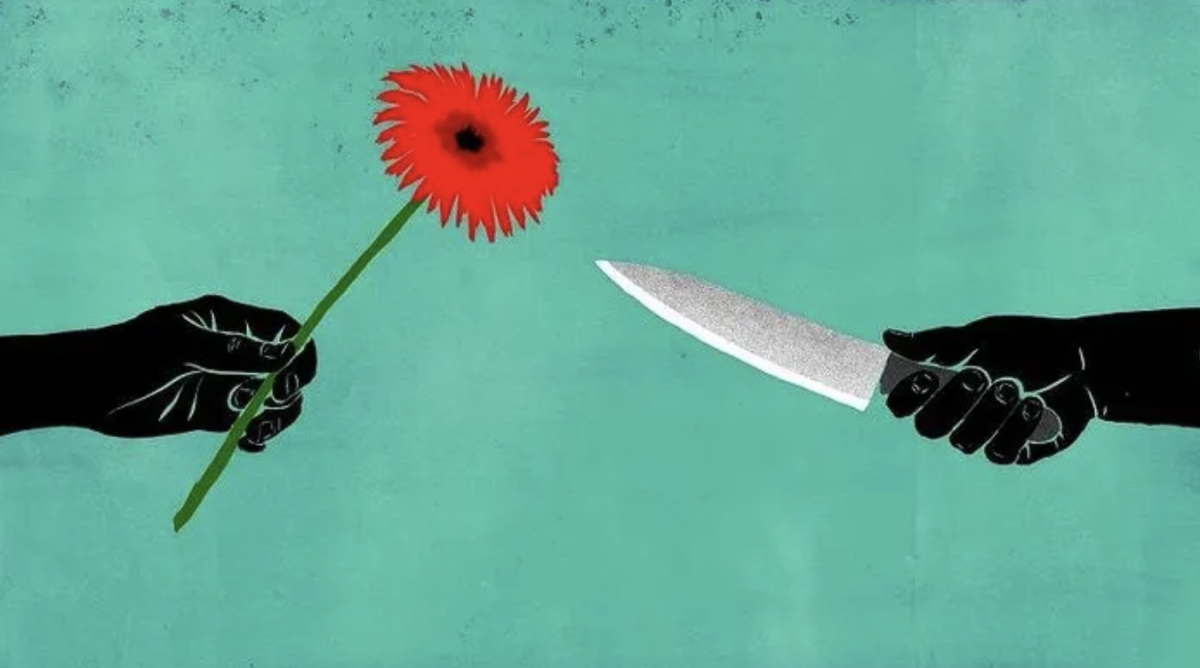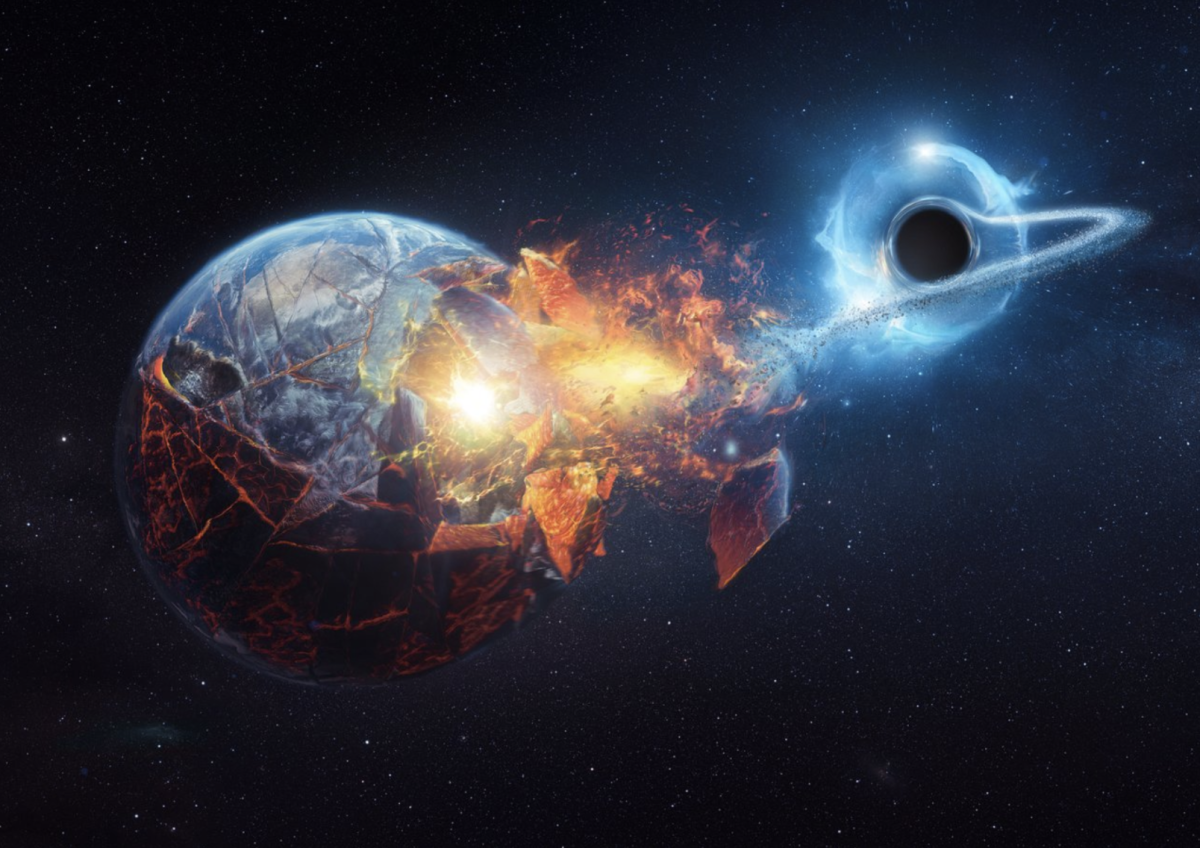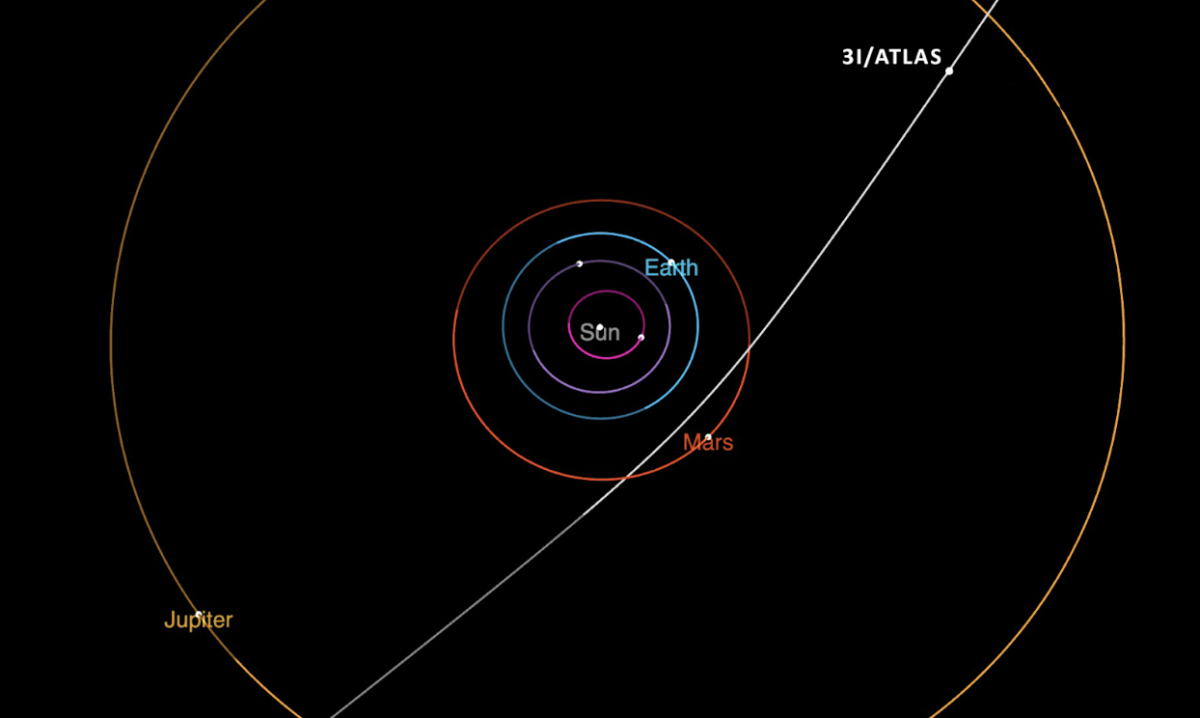In the great forests in the world, bears lurk in the shadows, and pumas stare at you through the bushes. Danger is everywhere, but how can animals survive in this kind of environment? Let us go on a journey where camouflage and mimicry are the key to survival, rather than razor-sharp claws and bone-crushing teeth!
Camouflage is an important skill if you want to survive; it means blending in with your surroundings by colour, pattern, and shape to avoid being seen by predators or prey. An example is the stick insect. It is camouflaged to be a stick, as you can see from its name. They are slow movers to avoid catching the attention of other animals. They are also more active at night, when most of their predators are asleep. A seemingly impossible skill was also developed; they can drop a limb when they are escaping and regrow it later! Mimicry is also a crucial skill when living with other life-threatening animals, which means an animal that mimics the appearance, behaviour, or sound of another animal does so to gain protection from predators but also to lure prey. The difference it has from camouflage is that camouflaging means not wanting to be seen at all, but mimicry is when animals mimic another animal to gain an advantage over their predator, or just to have a nice dinner!
An astonishing mimic in the vast ocean is one of the Mimic Octopus (Thaumoctopus mimicus). It can mimic almost any kind of animal, from a venomous Lionfish to a seasnake, which can confuse all its predators, what an extraordinary animal! Not only do these animals use these techniques to survive, humans do too. For example, the Morpho butterfly’s wings change colour when viewed from different angles, which has inspired the design on the dollar bill, changing color when tilted. Animal mimicry can also affect art, like the Nautilus shell that was created identical to the design of the spiral staircase. So camouflage and mimicry are both important features in our ecosystem.
In conclusion, camouflage and mimicry can play a huge role in nature, affecting everything from the tiny-weeny stick-bug, to the tiger who is staring at you through those trees, to important skills which affect both the animals and plants in nature, and us powerful humans. The animal world is full of wonder for us to explore.
Sources:
https://www.thoughtco.com/fascinating-facts-about-stick-insects-1968575
https://www.nationalgeographic.com/culture/article/the-butterfly-effect-how-blue-morpho-wings-could-stop-counterfeiting


